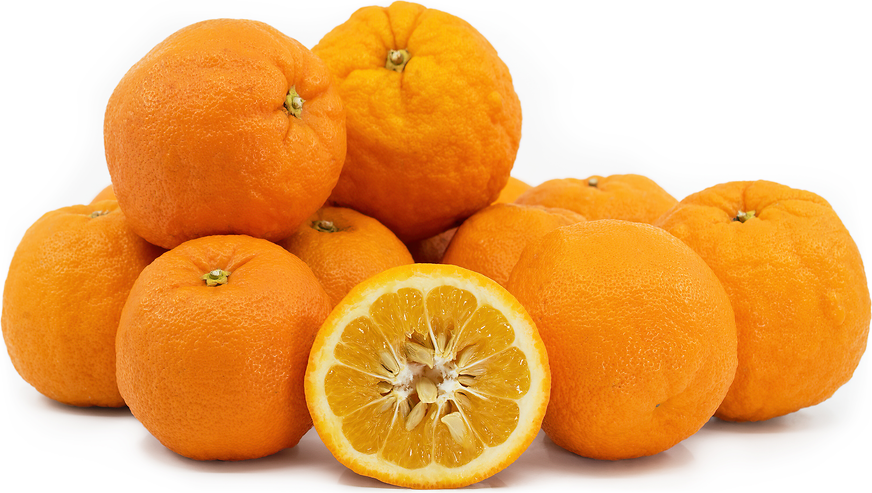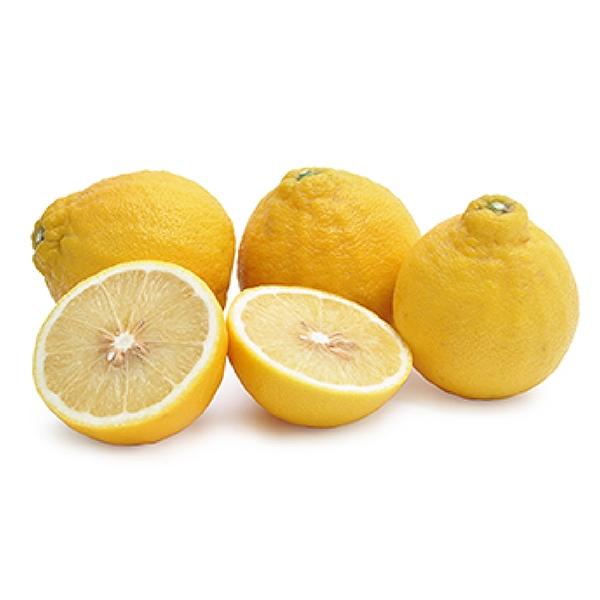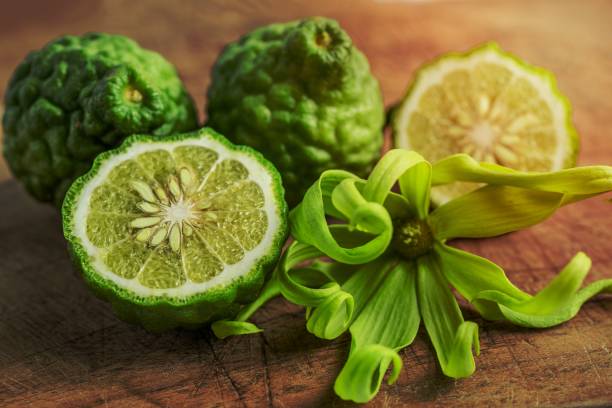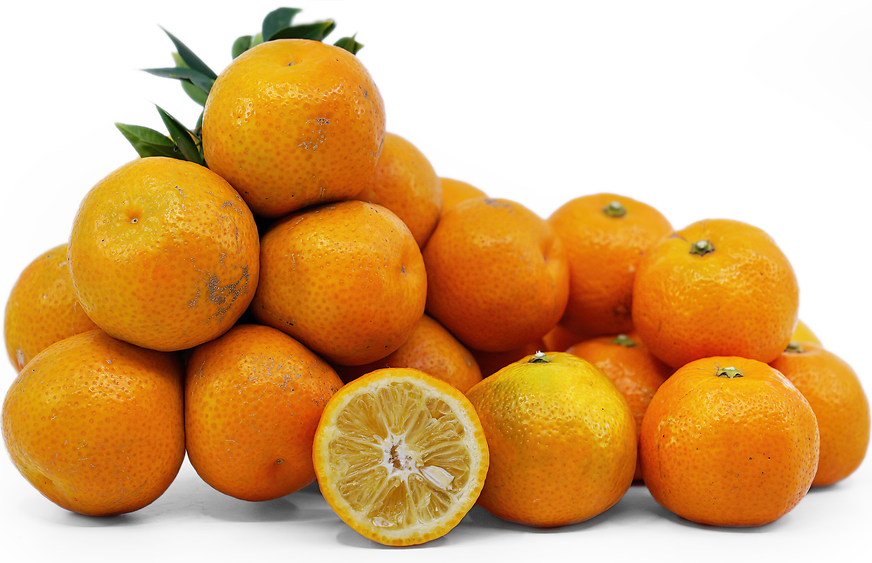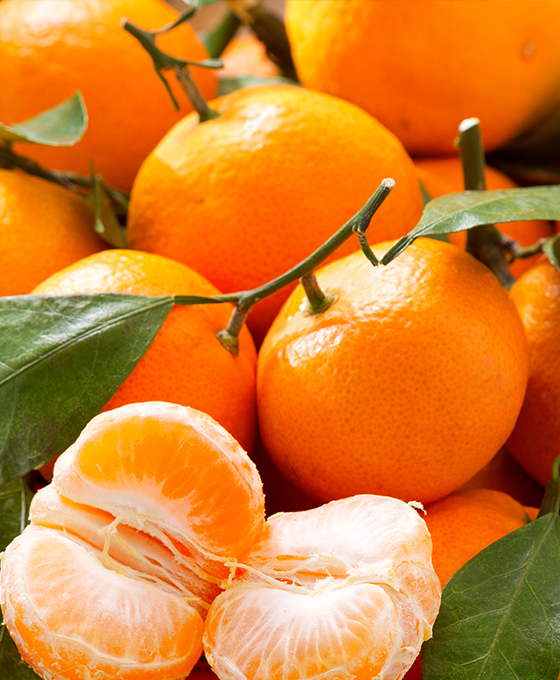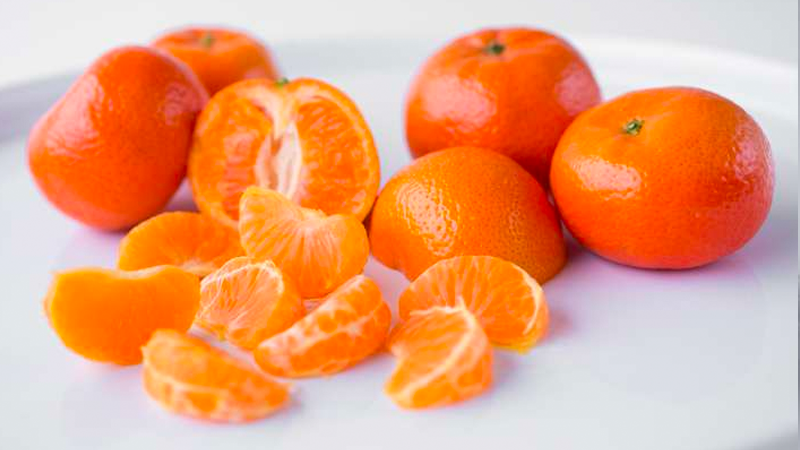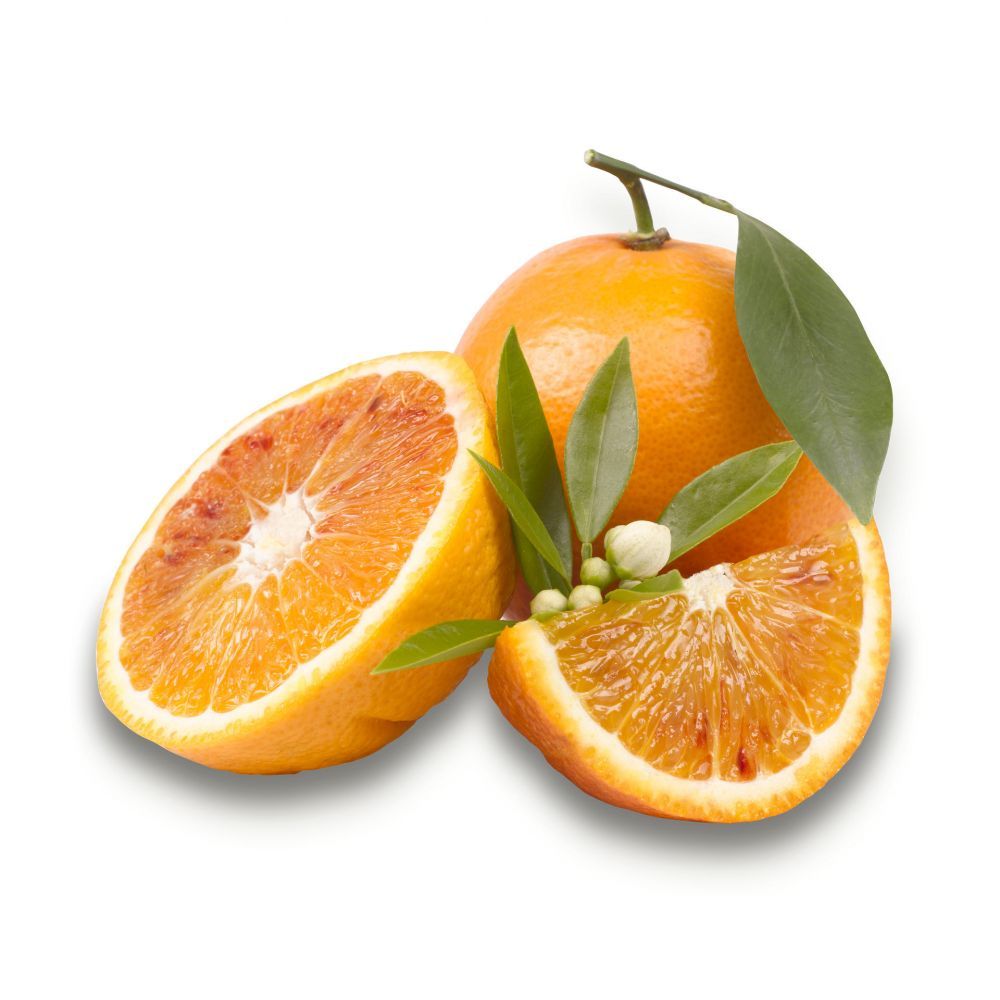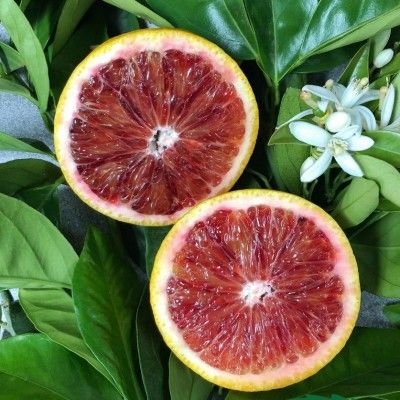The Orange Series: Differences, Varieties, and How to Choose the Best One
Introduction: A Grocery Store Mystery
The other day, I was at the grocery store, strolling through the fruit aisle, when I found myself staring at two very similar fruits: oranges and tangerines. They both looked vibrant and delicious, but I suddenly realized—I had no idea what made them different! Were tangerines just tiny oranges? Did they taste the same? Which one was sweeter? I decided it was time to dig deeper into the world of citrus and uncover the fascinating differences between these fruits—and many more!
If you’ve ever wondered about the many types of oranges and how they compare, you’re in for a treat! Let’s explore the four main types of oranges, their unique characteristics, and how to choose the best one for your needs.
1. Sweet Oranges (Citrus sinensis): The Everyday Favorite
Sweet oranges are the most common variety, widely available in supermarkets. They are juicy, refreshing, and perfect for both eating fresh and making juice.
Popular Varieties:
- Navel Orange – Recognizable by the small “belly button” on one end. It’s seedless, easy to peel, and great for snacking. However, its juice turns slightly bitter over time.
- Valencia Orange – The best variety for juicing, as it stays sweet even after being squeezed. It’s also available in summer, unlike most other oranges.
- Cara Cara Orange – Has a beautiful pinkish-red flesh, rich in antioxidants, and offers a mild, berry-like flavor.
🟠 Fun Fact: All Navel oranges originate from a single tree mutation discovered in Brazil in the 19th century!
🍊 Navel oranges have a small secondary fruit growing inside them, which looks like a tiny belly button—hence the name “Navel.” This unique trait makes them seedless and super easy to peel. However, their juice turns slightly bitter after a while due to limonin, so they’re not ideal for juicing.
🍊 Valencia oranges, on the other hand, are the go-to for juicing because they stay sweet even after being squeezed. Unlike Navels, they have few seeds and ripen in summer, making them a top choice when most other oranges are out of season!
So, if you want a snack, grab a Navel. If you’re making fresh juice, go for a Valencia! 🍊✨
2. Bitter Oranges (Citrus aurantium): Too Tart to Eat, But Great for Cooking
Unlike sweet oranges, bitter oranges have a strong tart and sour taste. They are rarely eaten fresh but are perfect for making marmalades, perfumes, and even tea flavoring.
Popular Varieties:
- Seville Orange – Famous for making traditional marmalade due to its high pectin content.
- Bergamot Orange – The fragrant peel is used to flavor Earl Grey tea and perfumes.
- Chinotto Orange – Small and intensely bitter, it’s used in Italian soft drinks like “Chinotto.”
🟠 Fun Fact: Seville oranges were introduced to Europe from China in the 10th century and became a staple in Spanish cuisine.
🍊 Fun Fact about Chinotto Orange: Unlike the bright, smooth-skinned oranges you’re used to, the Chinotto orange has a small, round shape with a deeply textured, bumpy rind that gives it a rugged, almost rustic look. Its dark orange skin and slightly flattened appearance make it stand out from other citrus fruits.
Despite its cute, miniature size, don’t be fooled—Chinotto oranges are intensely bitter! That’s why they’re rarely eaten fresh but are famously used in Italian soft drinks, liqueurs, and candied treats. 🇮🇹✨
3. Mandarin Oranges (Citrus reticulata): The Easy-to-Peel Snack
Mandarins are smaller, sweeter, and easier to peel than common oranges, making them a favorite snack. Many hybrid citrus fruits, including tangerines, come from mandarins.
Popular Varieties:
- Tangerine – Slightly tart with a deep orange skin. It’s commonly used in juices and snacks.
- Clementine – A tiny, seedless variety that’s very sweet and sometimes called a “Christmas orange.”
- Satsuma – Originally from Japan, this variety is incredibly easy to peel and very cold-resistant.
🟠 Fun Fact: Clementines are a hybrid between a Mandarin and a sweet orange!
🍊 Fun Fact about the Difference Between Tangerines and Clementines:
While both are part of the mandarin family, Tangerines have a slightly rougher, thicker skin and a more tart flavor, making them a bit zesty compared to their sweeter relatives. They often have seeds and a deeper orange hue.
On the other hand, Clementines are smoother, smaller, seedless, and incredibly easy to peel, earning them the nickname “kid-friendly oranges.” Their naturally sweet taste makes them a favorite for snacking!
So, if you prefer a tangy, classic citrus bite, go for a Tangerine—but if you love effortless peeling and sweetness, Clementines are the way to go! 🍊✨
4. Blood Oranges (Citrus sinensis): A Juicy Surprise
Blood oranges stand out with their deep red flesh, thanks to a high concentration of anthocyanins, the same antioxidants found in blueberries. They have a unique berry-like flavor that makes them perfect for juices and desserts.
Popular Varieties:
- Moro – The darkest red of all blood oranges, with a bold berry flavor.
- Tarocco – Sweeter and less acidic than Moro, with a balanced orange-berry taste.
- Sanguinello – A Spanish variety, mainly used for juicing.
🟠 Fun Fact: Blood oranges develop their deep red color due to cold temperatures at night during their growing period.
Comparison Table of Orange Types
| Type | Taste | Best Use | Notable Features | Examples |
|---|---|---|---|---|
| Sweet Oranges | Sweet, juicy | Fresh eating, juice | High vitamin C, refreshing | Navel, Valencia, Cara Cara |
| Bitter Oranges | Sour, tart | Marmalade, flavoring | High pectin, aromatic oils | Seville, Bergamot, Chinotto |
| Mandarin Oranges | Sweet, easy to peel | Snacking, salads | Small, seedless varieties | Clementine, Tangerine, Satsuma |
| Blood Oranges | Sweet, berry-like | Juicing, gourmet dishes | Rich in antioxidants | Moro, Tarocco, Sanguinello |
Final Thoughts: Which One Should You Choose?
The next time you’re at the store, you won’t have to wonder whether to grab an orange or a tangerine! If you want a juicy, everyday citrus, go for a Navel or Valencia orange. If you love a sweet, easy-to-peel snack, mandarins or clementines are perfect. Looking for something exotic? Try a blood orange for a unique berry-citrus flavor. And if you’re making marmalade, you can’t go wrong with a Seville orange.
So, which one is your favorite? Let me know in the comments below! 🍊😊
You may like
Read more:
💙 Vitamin C: Your Shield Against Cold Weather and Illness






